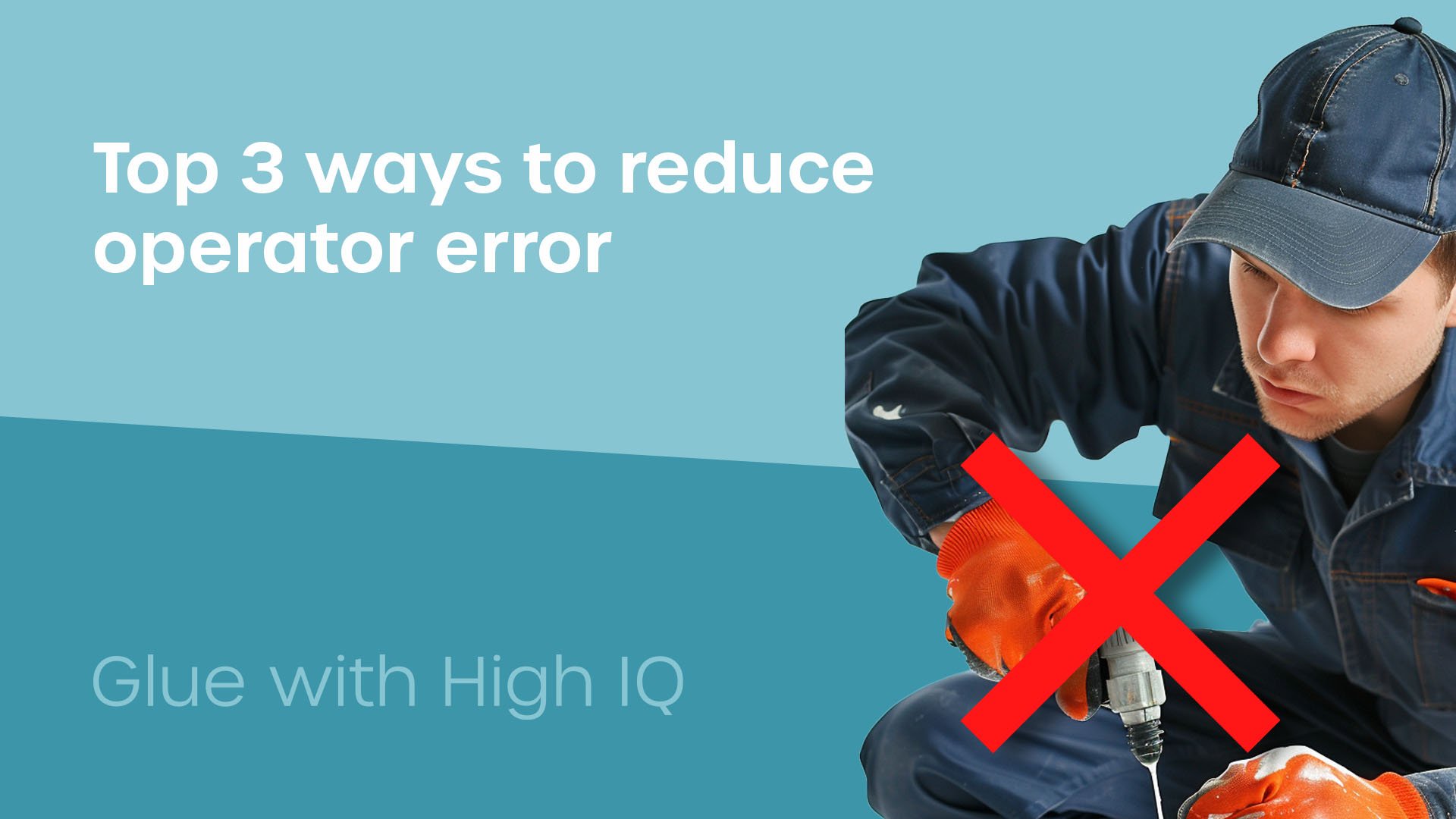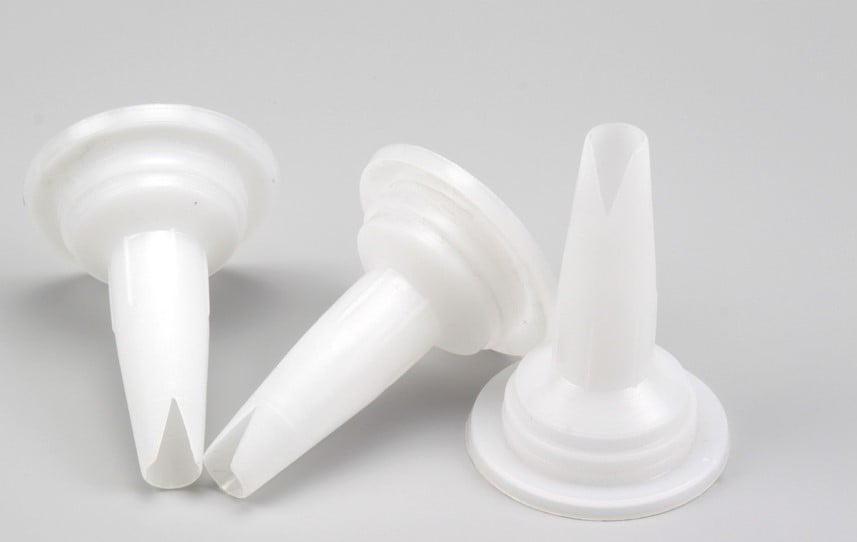How to Reduce Operator Bonding Error in Industrial Vehicle Manufacturing

Adhesives are used on vehicles all over the world. Unfortunately, sometimes these bonds can fail. Operator errors are responsible for more than 90% of bond failures in the field. That is a staggering amount.
Previously, we have been called to crisis moments at industrial vehicle manufacturers. These companies like to use Forgeway’s expertise and knowledge of adhesives in industrial adhesive manufacturing.
More than 90% of the time, these manufacturers think the adhesive is to blame. However, after analysing the bond failure, the usual culprit usually appears; an operator’s error during manufacturing caused the bond to fail.
We’ve discovered that in actual fact, an operator error causes bond failure more than 90% of the time. That’s why we think that operators are one of the four fundamental pillars of bonding success.
But is it always the fault of the operator? We believe the answer is usually no. There are always methods and tactics manufacturers can implement to reduce the threat of operator error causing bond failure in the vehicle’s end life.
This article will explain the different methods you can implement to reduce operator error threatening the quality and reputation of your vehicles.
Introducing the three main ways you can reduce operator bonding error
Over 25 years of experience has taught us a thing or two about creating successful bonds. Here are three tactics that will help your operatives bond consistently and avoid bond failure.
1. Training Supervisors as well as Operatives
You know as well as anyone that training is critical. Operatives need to know the correct way to do something. Otherwise, how can you expect them to do it right?
The basic step is to ensure operatives have received training on how the bonding process should take place.
Some common processes are relatively simple to teach. Operatives will quickly understand the importance of correct surface preparation, applying the right amount of adhesive, and not allowing the adhesive to cure before application.
However, most companies stop there. They will train the operatives and think their job is done. But that usually isn’t the case.
Supervisors also play a critical role in ensuring every bond is of sufficient quality. They need to spot any incorrect procedures. The quote ‘Prevention is better than cure’ applies here.
If supervisors can spot the error before the vehicle goes into the next stage of production, they can remediate it before any harm occurs. So if companies are serious about preventing operator errors, they need to train all levels of adhesive users. Not just the operator.
We’ve even seen companies take it to the next step by also training the next level up. Training the engineers and designers will ensure that they can create processes and joint designs that are easier for the operator to get right.
And as we demonstrate when explaining the four pillars of bonding success, processes and joint design are as important as training when it comes to achieving consistency.
2. Creating simple and repeatable processes
Bonding is never going to be simple. That’s for sure. But there are steps that manufacturers and companies can take to make bonding as simple and repeatable as possible.
And as we often say when explaining the four pillars of bonding success, “Designing simple processes is equally important as operator training.”
The objective is to make the bonding process easy and simple enough for any operative. No matter their IQ level. We’ve discussed the topic of repeatability in a separate article.
In summary, some of the things you can do include:
Removing difficult surface preparation methods where possible. Surface preparation methods like primers, abrasion, and even plasma treatment aren’t easy to get right. They add another step to the process increasing the likelihood of something going wrong. Removing these added processes helps ensure there is less that can go wrong every time.
Storing the adhesives correctly. Not only will correct storage help operators find the right product in time, but it also helps maintain the performance of the adhesive every time.
Of course, a repeatable bonding process is reliant on more than just those three tips. However, reviewing your process and improving the repeatability will help reduce operator error and ultimately bond failure.
3. Select the right adhesive
Choosing the right adhesive is no mean feat. And it’s not just about making sure it sticks as it should. The right adhesive choice to reduce operator error will require other considerations.
Have a long enough open time to put materials in place. If the open time is unreasonably short, the adhesive might start to skin over and cure before the material is in place. This will affect the bond strength.

Doesn’t require extensive surface preparation. Some adhesives (like polyurethanes) need a thoroughly prepared surface to maximise the bond strength. Choosing an adhesive that doesn’t need much surface preparation will help reduce the chance of operators messing up.

Is already mixed (like 1K adhesives). Two-component adhesives need mixing before application. If the two components don’t mix correctly, bond failure is much more likely. Where possible, we recommend vehicle manufacturers choose a single-component product.

Comes in straightforward and understandable packaging. Packaging is a very underrated consideration for adhesives. Often though, finding the right adhesive involved rifling through an assortment of cartridges and foils. S533, P665, H420 and you still can’t find the right one.
Finally, you find the right number combination on the packaging; HP S21. You can now get on with the job. But some operatives don’t take the time or can’t read the language so will have just chosen the wrong option.
Using multipurpose products and colour-coded packaging significantly helps operators select the right product. This in turn helps reduce the risk of operator error affecting bond quality.

These adhesive considerations don’t often come up on ‘checklists’ or ‘guides’ that manufacturers provide. However, when reducing operator error, these factors play a key role and often go unmentioned.
What else can you do to help reduce operator error?
Evaluating the tips above will help reduce bonding errors significantly. However, some companies have already implemented these methods and are still experiencing errors. So here are a few more methods we have tried over the years.
Install Instructions and Wallboards
Putting large wallboards with clear instructions on where and how operators should use products is an easy and visual way to help operatives.
If they are still unsure, they can then go and speak to their supervisor (providing the supervisor knows) for the answer.
Provide packers and spacers
As we mentioned earlier, bondline thickness is a massively important part of a strong and durable bond. But it’s not always that easy to make sure the bondline is correct for the application.
Spacers and packers are an easy way to make sure the bondline thickness stays at the right measurement.

Purchase pre-cut nozzles
Pre-cut nozzles make it easier for the operative to apply the right amount of adhesive. They also help ensure the bondline thickness. Bonus points if you colour-code these nozzles too.

Undertake regular audits
Audits are not usually popular in the production line. However, they are very useful. Particularly if the operators or supervisors haven’t received the correct training. Some industrial adhesive manufacturers provide auditing services as part of their adhesive package.

Reducing bond failure. Improving Quality. Boosting Profits.
Operator error often results in bond failure. Bond failure will impact the quality of your vehicles. Lower-quality vehicles will start to erode profits. It’s a vicious circle.
That’s why it is critically important that you don’t let operator error grow into an issue that will erode your profits. We’ve seen instances where operator errors have caused significant warranty and rework bills not to mention brand damage.
At Forgeway, we understand that the glue you use shouldn’t be a concern. But we’ve seen glue causing unforeseen and dreaded issues that can start to become costly.
Reducing operator error is critical if you want to ensure consistent bonding success. A strong and durable bond is only possible if the operator follows the right process.
However, creating a strong and durable bond is reliant on three other factors; the right materials, the right designs, and ultimately the right adhesive.
These four ‘Pillars’ of bonding success are critical for industrial vehicle manufacturers. They will help you consistently create strong and durable bonds. Make sure to read the article below to understand these four pillars of bonding success in more detail.
Thomas is the Content Manager here at Forgeway. Thomas' job is to translate the technical jargon from the ivory tower of academia into easy-to-read content that everyone can understand. Forgeway's mission is to answer every question our customers and prospective clients ask, or are apprehensive to ask.



